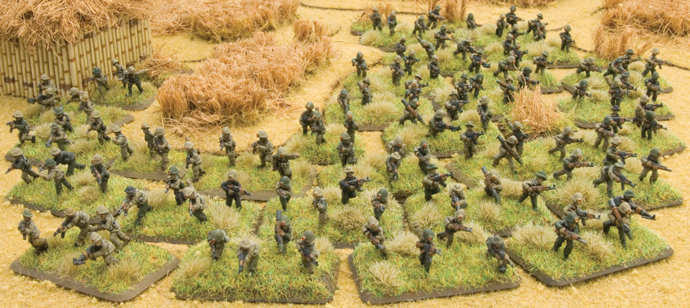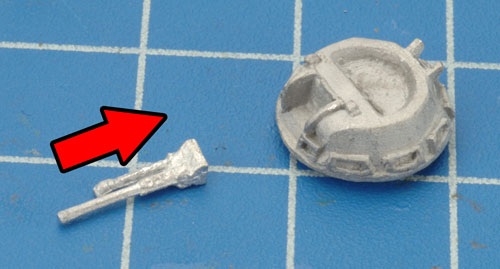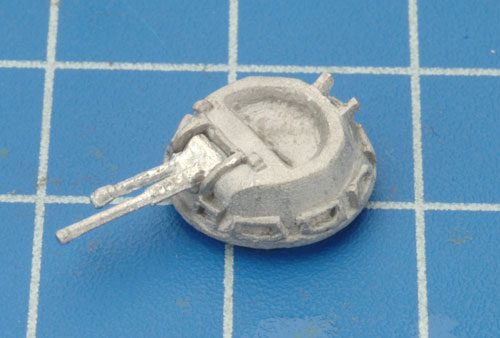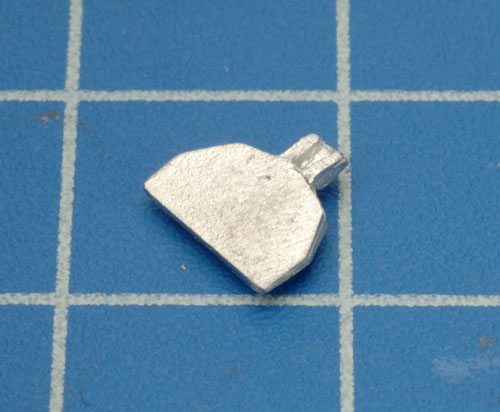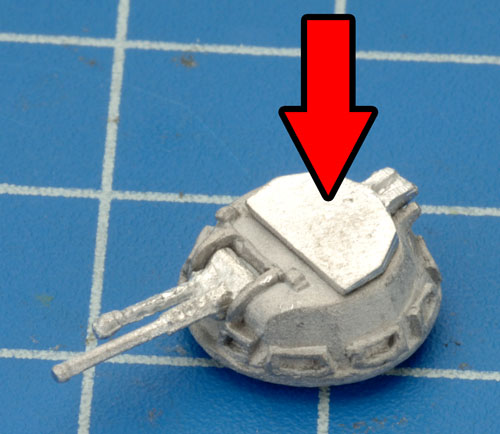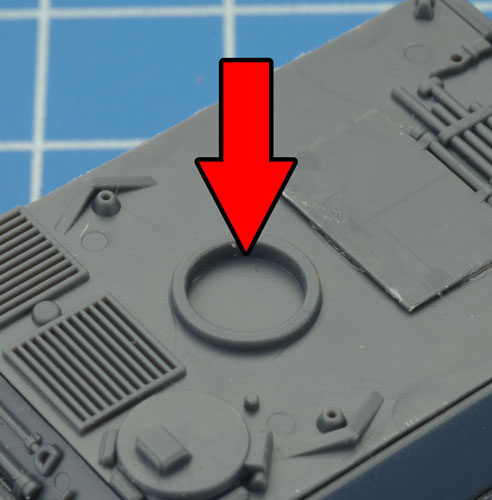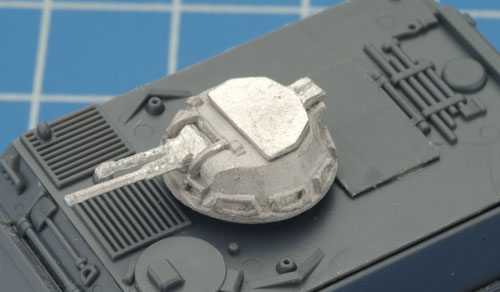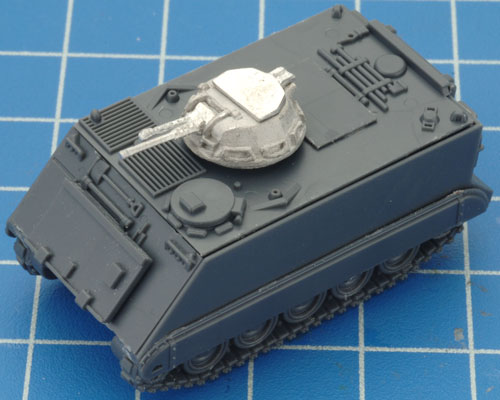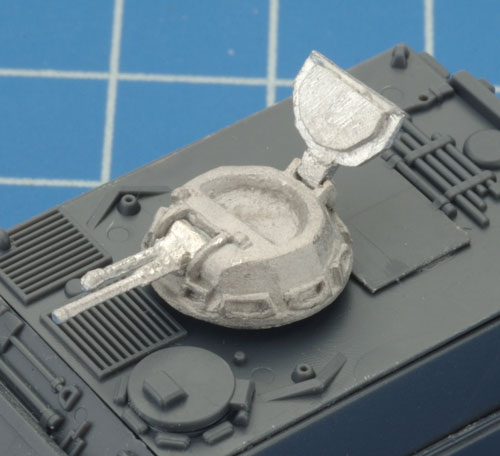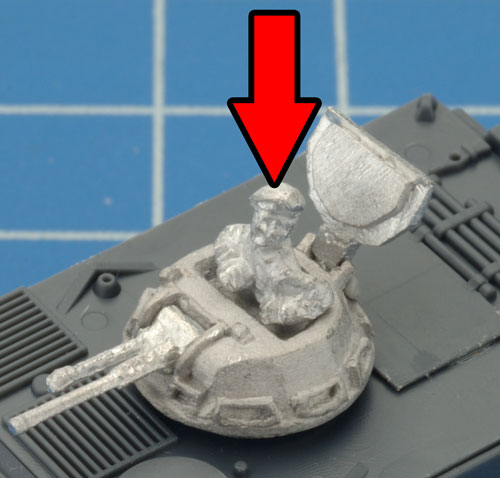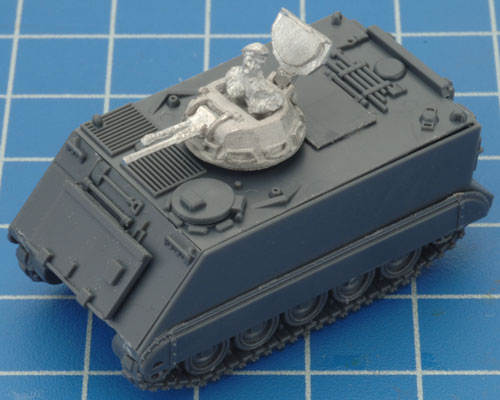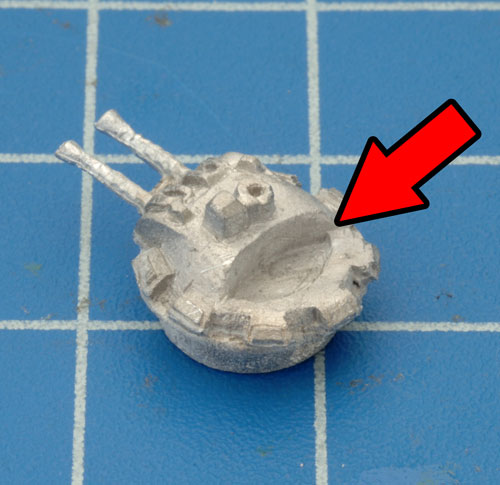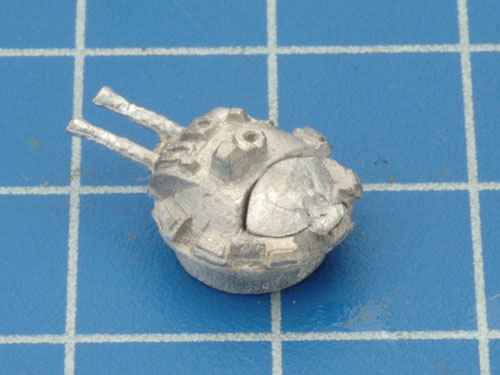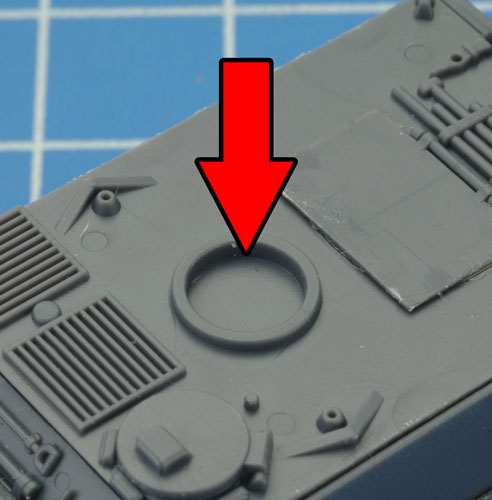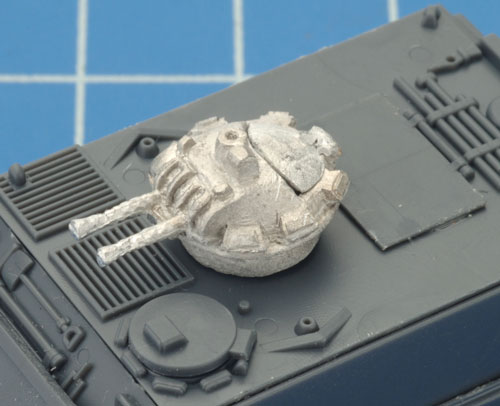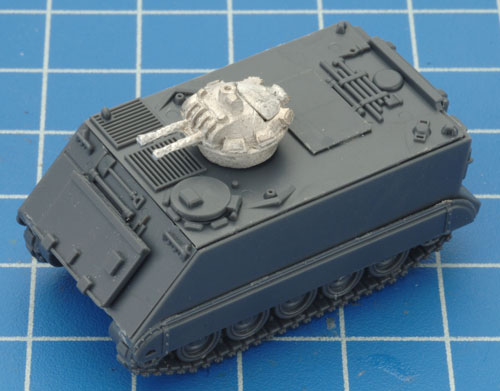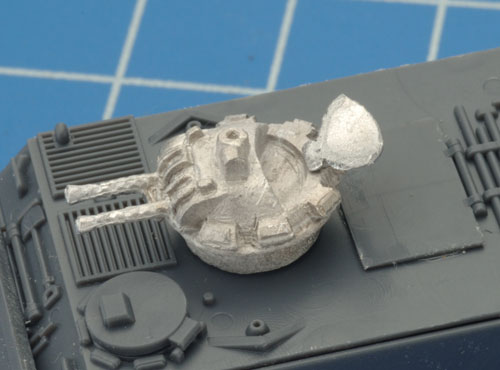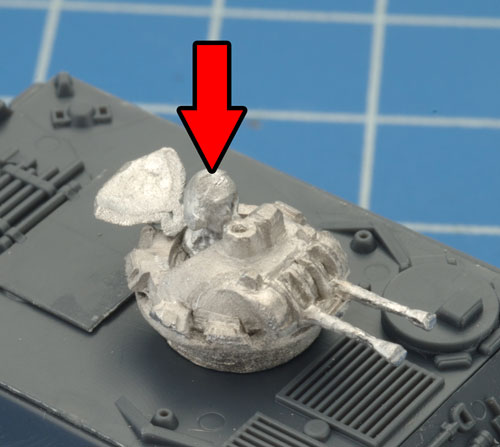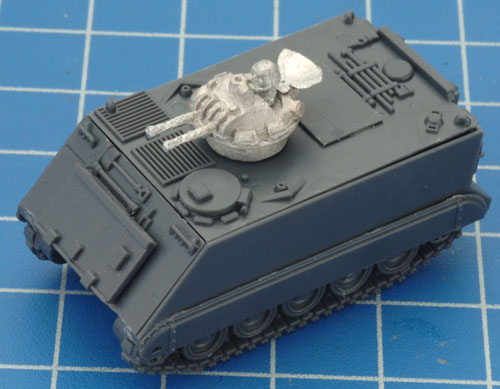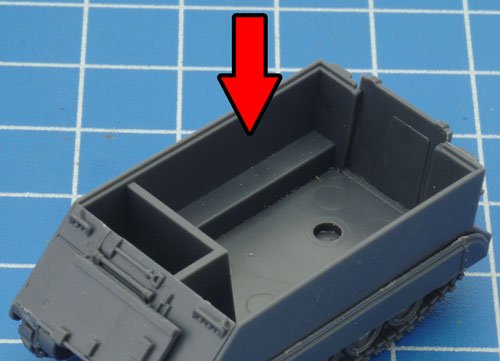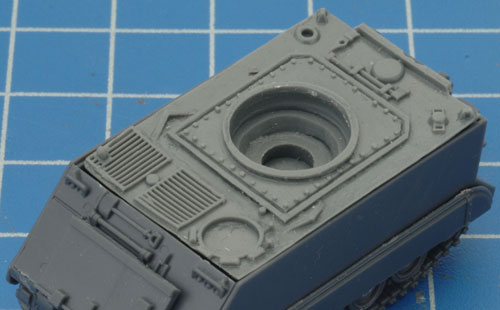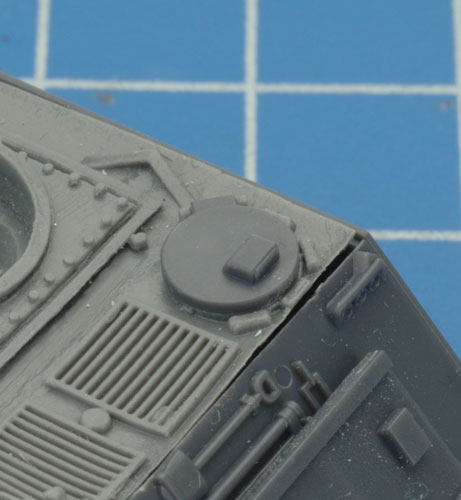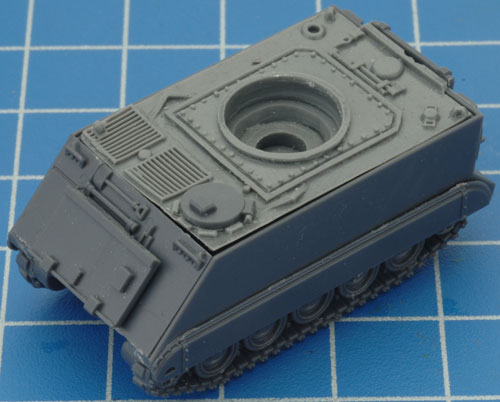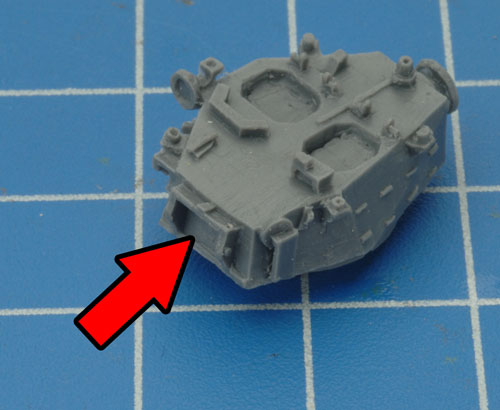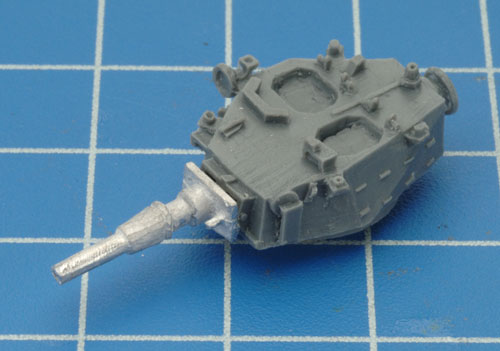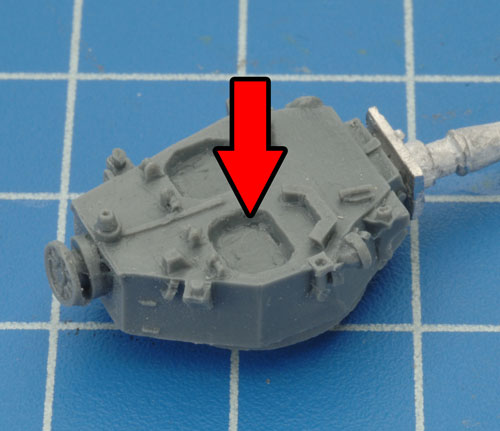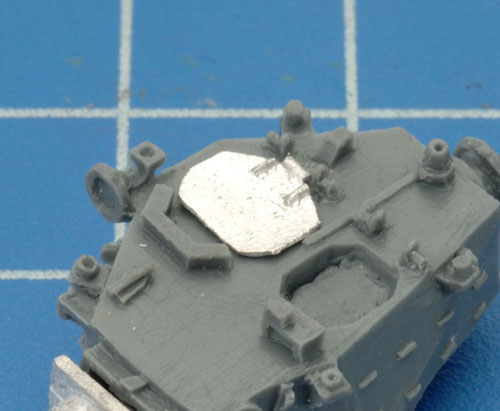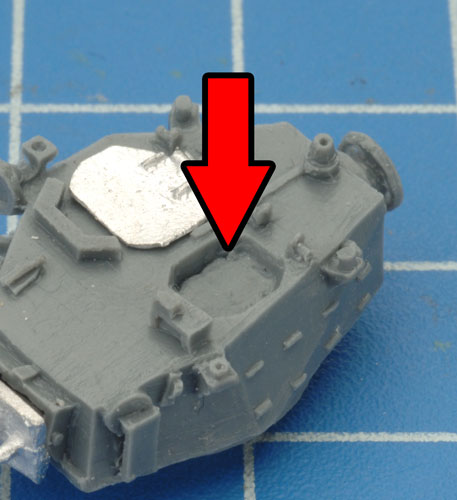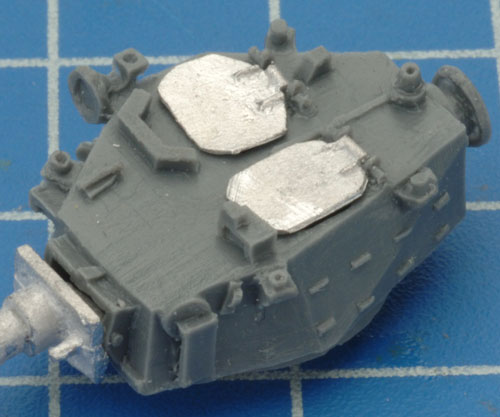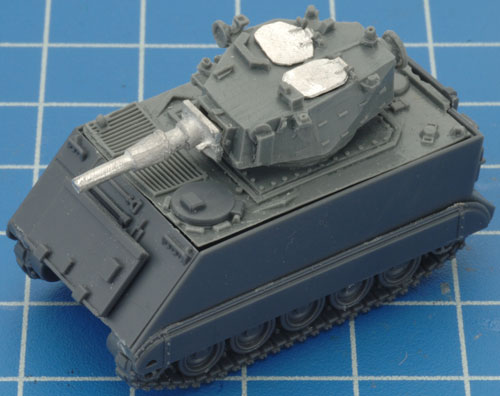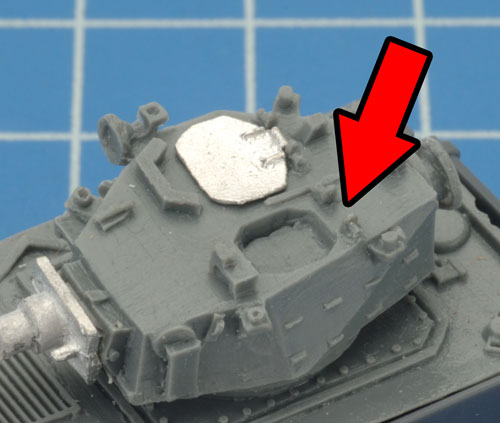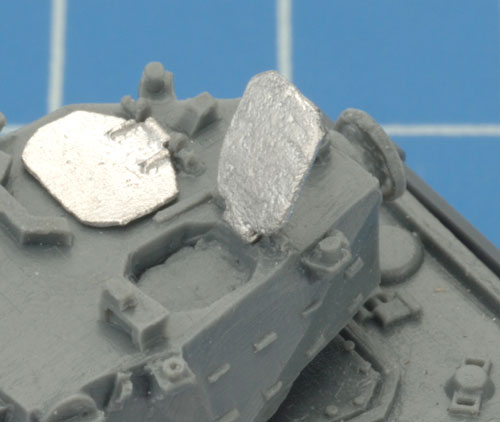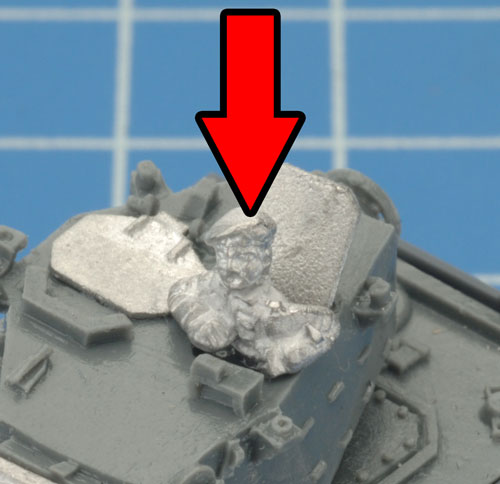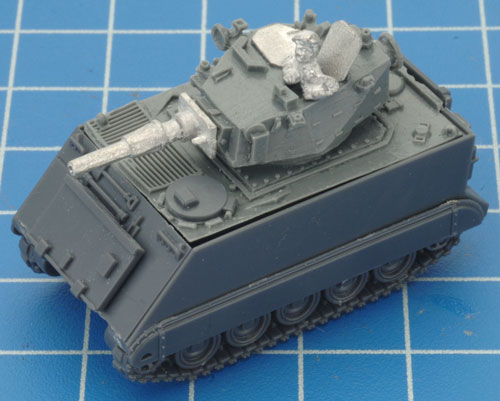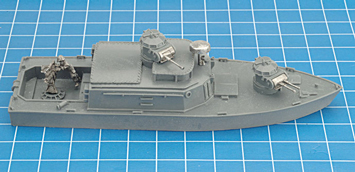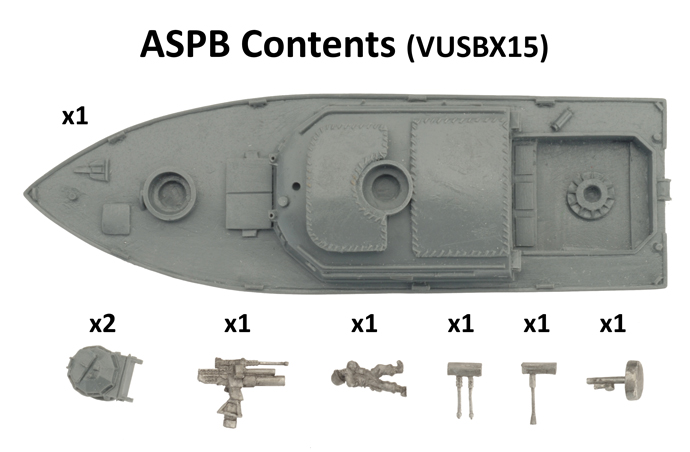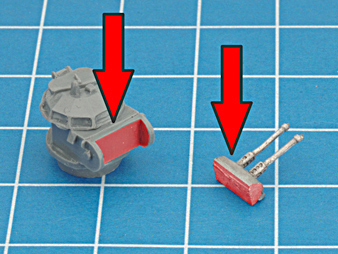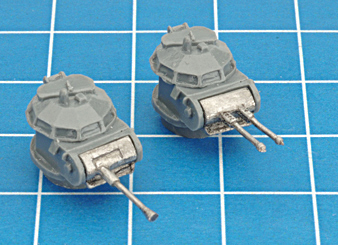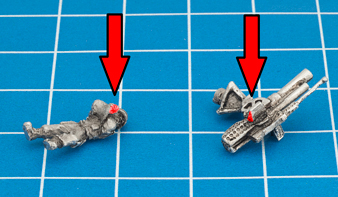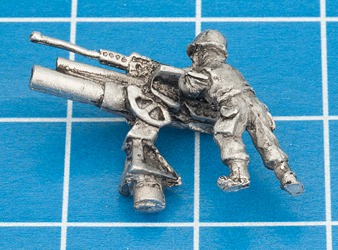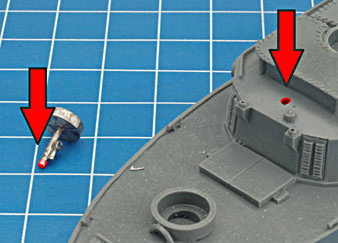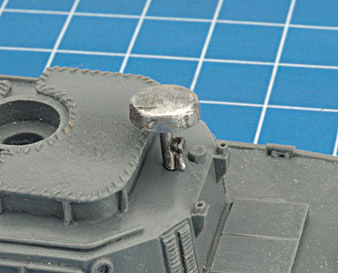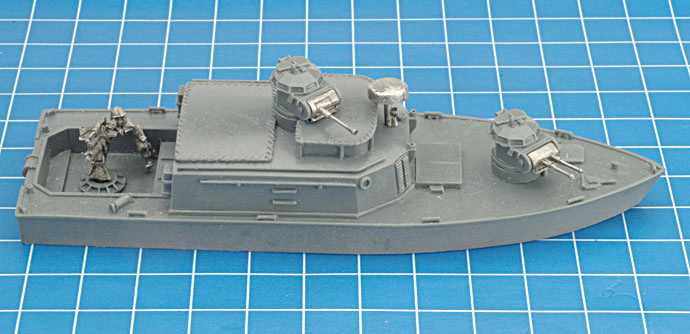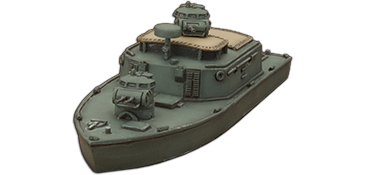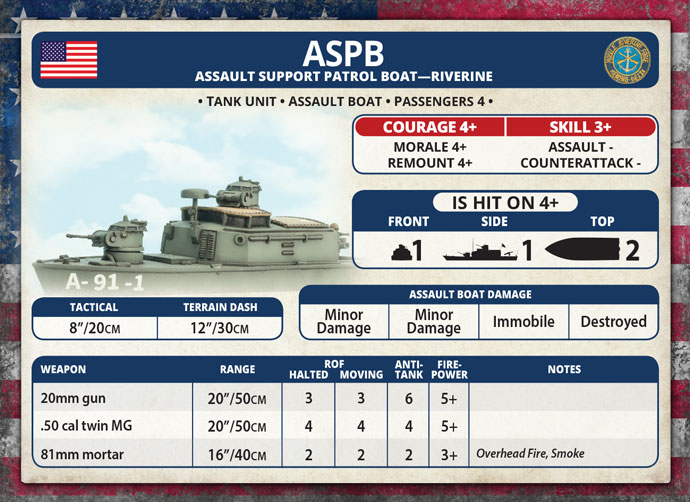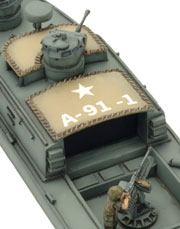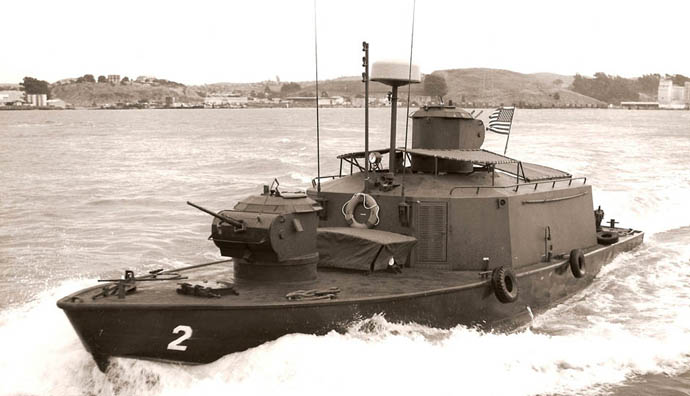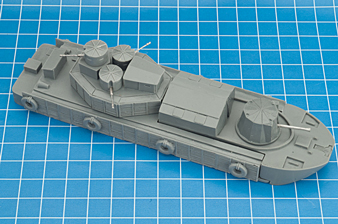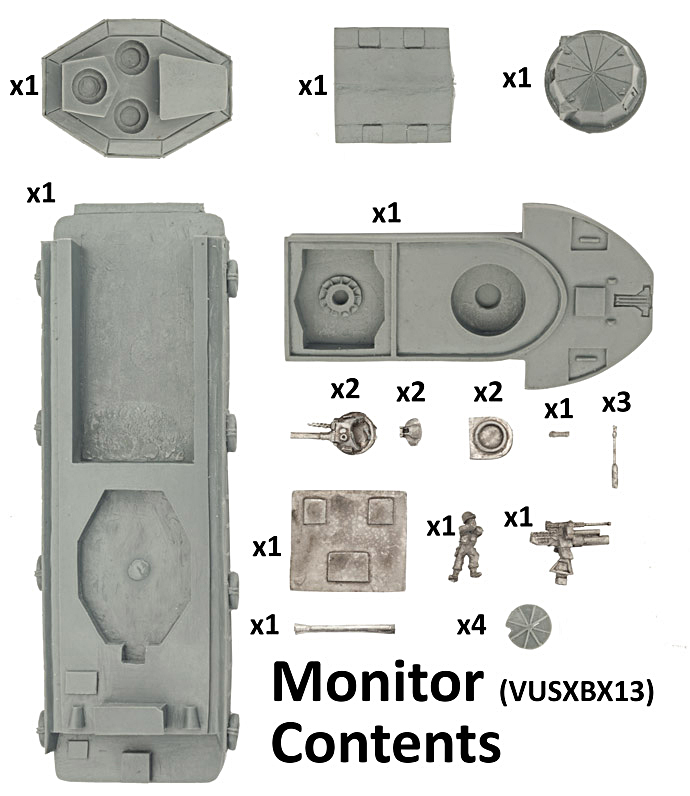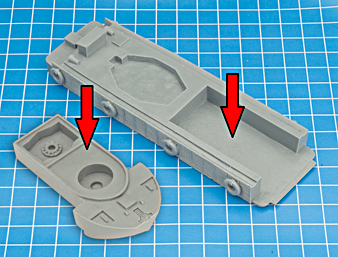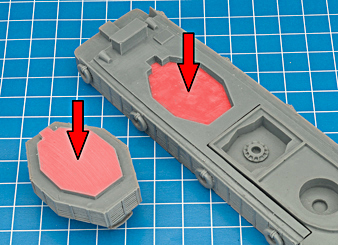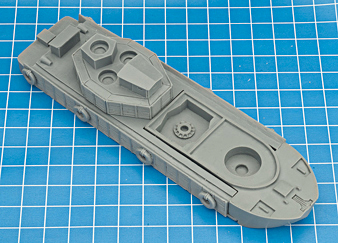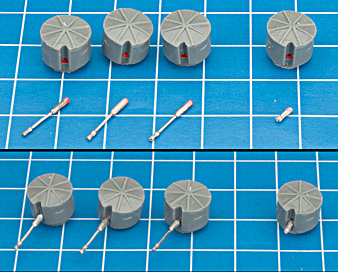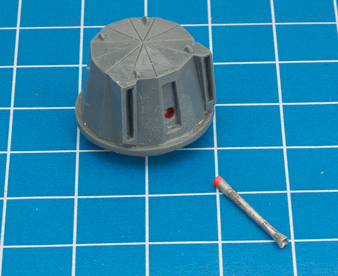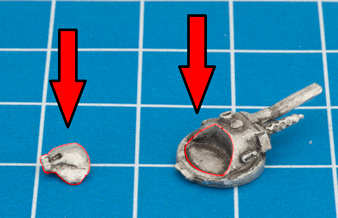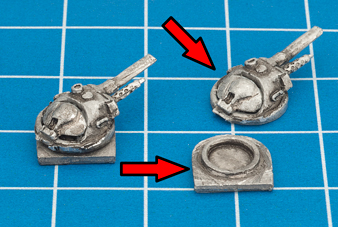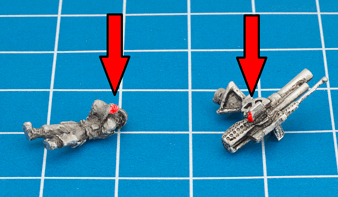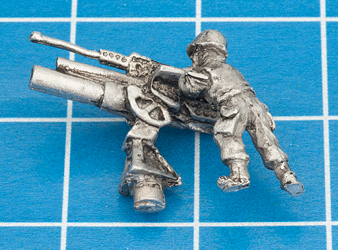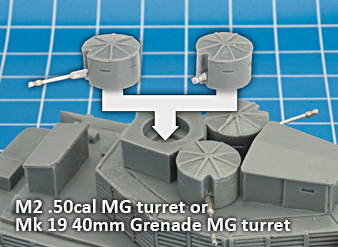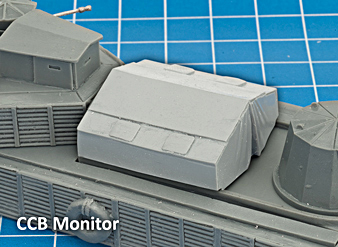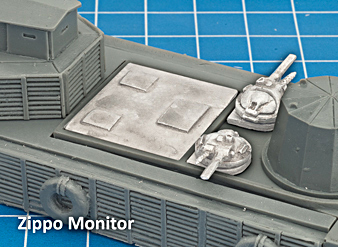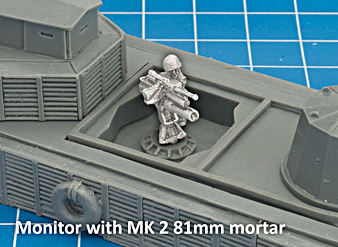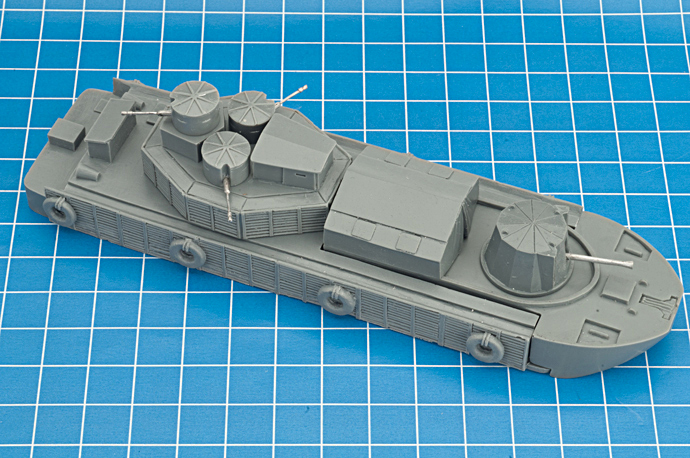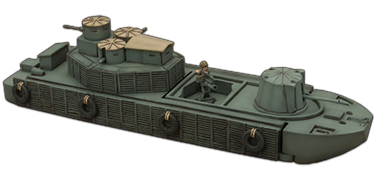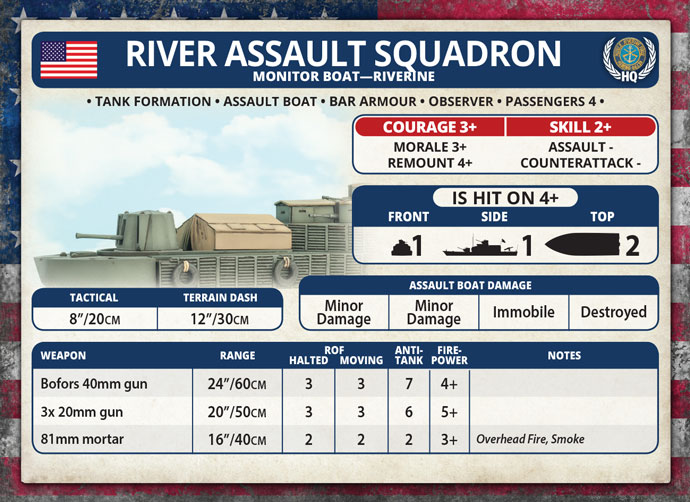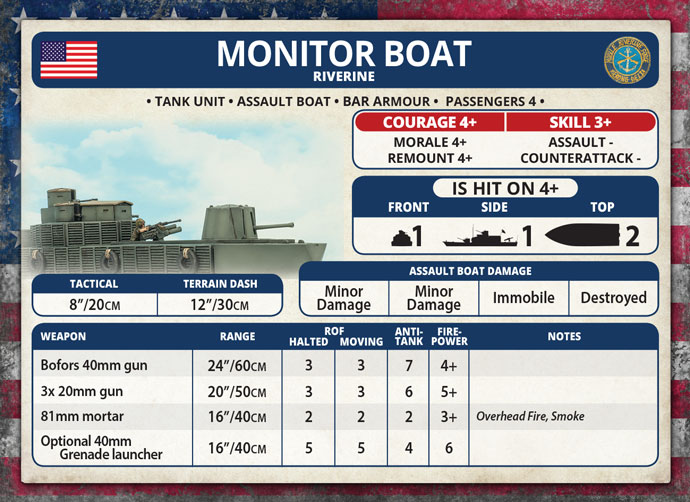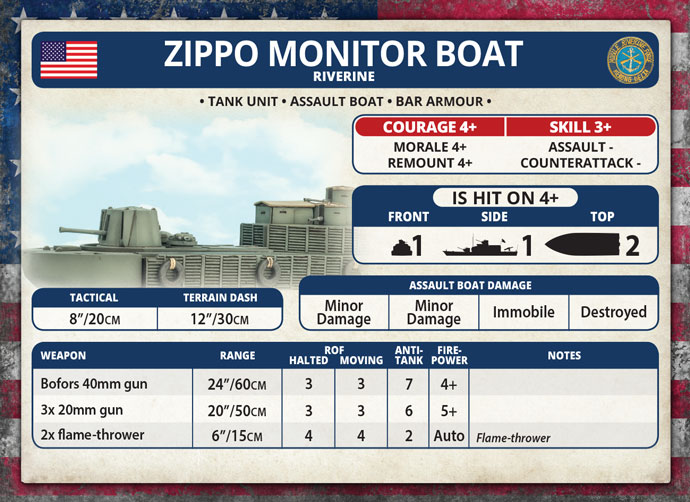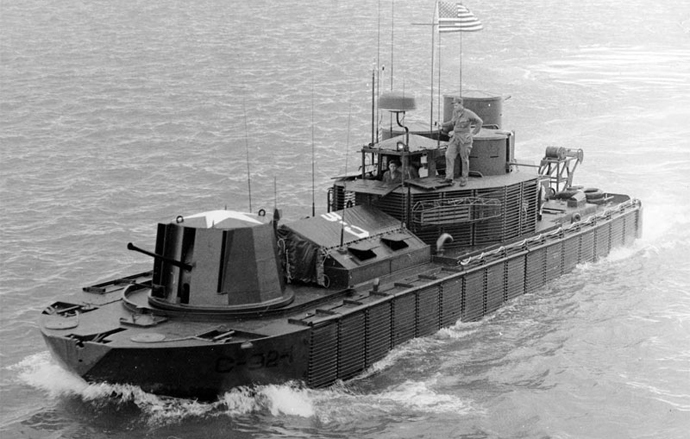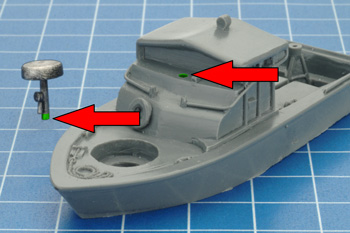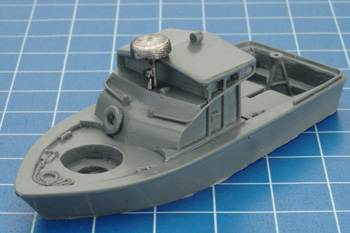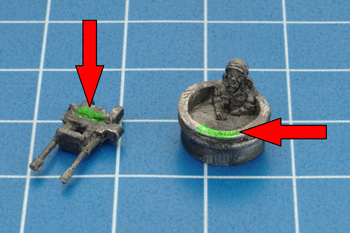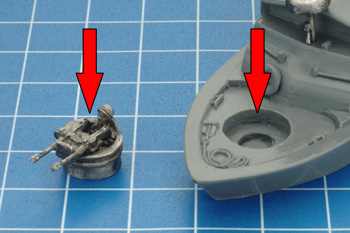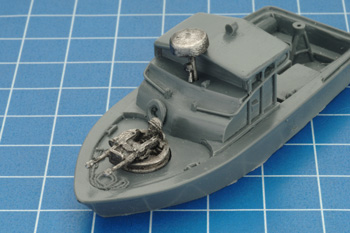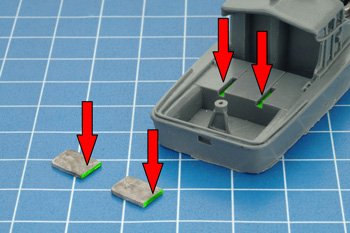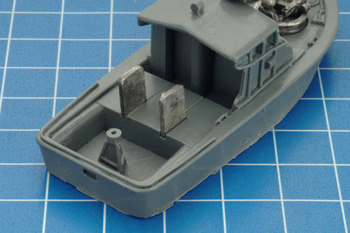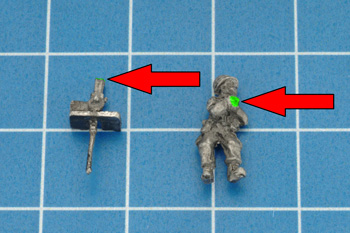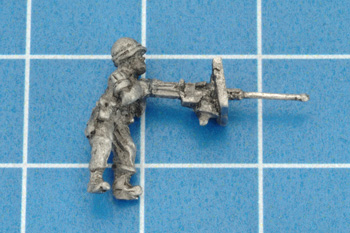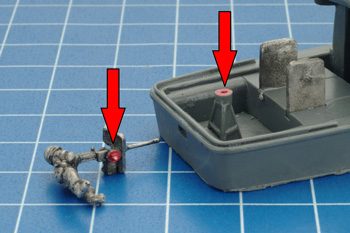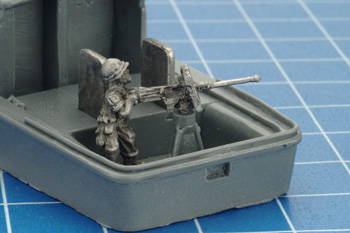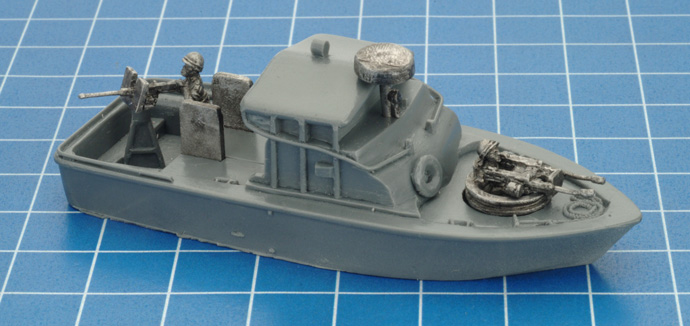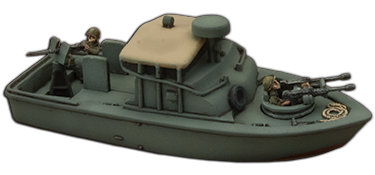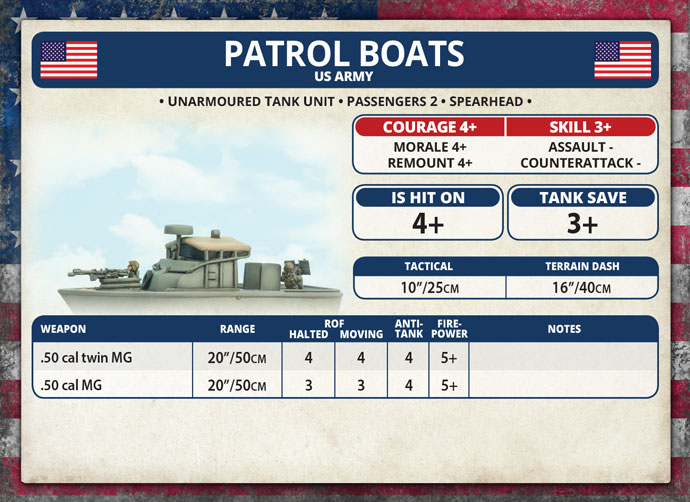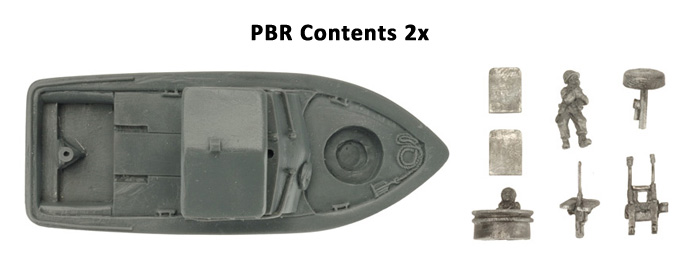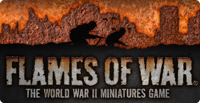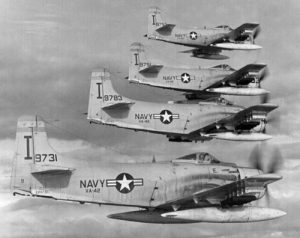 |
with Mike Haught & Phil Yates
Few aircraft have the raw firepower and durability of the Douglas A-1H Skyraider. Derided for being a propeller-driven aircraft in the new Jet Age, the ‘Spad’ not only demonstrated that it had a mission to accomplish, it proved that there was still a place for ‘slow movers’. The Skyraider’s legacy paved the way for powerful modern attack aircraft like the venerable A-10 Warthog. Look more about the Skyraider in ‘Nam here… |
| When I was young I was obsessed with the four-engined B-17 bomber from World War II. I built countless models of the famous bomber, drew doodles of B-17s bombing factories on my school papers, and was mesmerized by getting to see the Commemorative Air Force’s B-17G ‘Sentimental Journey’ up close and personal for the first time. To this day I still love that aircraft. It was rugged, powerful, and had an impressive arsenal. So when my dad told me that the AH-1 Skyraider, a single seat Navy dive bomber, could deliver the same payload as a B-17 (8000lbs or 3600kg of ordnance), I was amazed and instantly made it one of my favourite aircraft.
Development The Dauntless II first took to the air on 18 March 1945 and its trial flights greatly exceeded the Navy’s expectations and blew away all of the competing airframes. It was powerful, rugged, and extremely easy to maintain. The Navy instantly ordered nearly 600 planes and designated the plane as the AD-1 Skyraider in February 1946. The airframe was incredibly rugged and could carry up to 8000lbs (3600kg) of ordnance, the equivalent or superior to many of its contemporary bombers. The plane’s fuel capacity meant that it could spend up to 10 hours in the air, meaning it could stay on station and help local troops for a very long time. It also had a pair of 20mm cannons, one in each wing to offer additional firepower. Operational History |
| Korea The AD-1’s first combat action was over Korea in 1950-1953. The plane’s heavy payload far exceeded what the jets of the time could deliver, and so were used as the primary ground-attack aircraft of the Navy and Marines. The AD-1 earned the nickname ‘Able Dog’ after sterling service in the Korean War.During the war several new variants were developed, including early-warning, submarine-hunting, and the up-armed AD-4 with two more 20mm cannon added for a total of four. Over 1050 AD-4 aircraft were built. Following the war, the AD-4 was again updated as the AD-6, which received a more powerful engine, added armour protection for the pilot, and was made capable of delivering nuclear weapons. Over 710 AD-6 Skyraiders were built and saw service in the Navy, Marines, and the Air Force.In 1962, the AD-6 was renamed the A-1H and soon took on the nickname ‘Spad’, a derogatory reference to the fact that it was a propeller aircraft in the jet age. However, the Spad was about to prove its worth once more in Southeast Asia. |
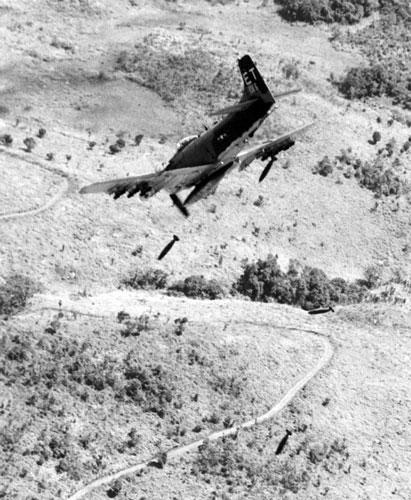 |
| Vietnam In the early days of the US involvement in the Vietnam conflict, the Geneva Convention forbid the US military to use jet aircraft in a military role. Enter the Skyraider! The powerful aircraft served the Air Force and Navy well for those first few months until the restriction was lifted and the more powerful bombers were brought online. However, that was not the end of the Spad’s career in Vietnam. It had a lot more still to offer.As the years wore on, the Skyraider became a ubiquitous weapon in the US military’s arsenal. Its 15 hard points under its wings could carry and deliver an assortment of torpedoes, mine dispensers, minigun pods, white phosphorous bombs, high explosive rockets, 500lb bombs, cluster bombs, and napalm. The aircraft’s own 20mm cannon could unload a further 800 rounds. Each aircraft was an army unto itself. Its slow speed was an asset because it allowed the aircraft to deliver its weapons on target with excellent accuracy. Jet attack planes were sometimes too fast to deliver accurate strikes, making the Skyraider better suited for close air support.Skyraider ground attack missions included preparing landing zones for helicopters, supporting friendly infantry, covering rescue operations, disrupting known North Vietnamese supply lines, and whatever else asked of it. If a pilot completed his mission and still had ordnance left, he would radio the local friendly forces and get a target to spend the last of his payload. Never did a Skyraider return to base or the aircraft carrier with ordnance still remaining! They became a major and vital part of the Vietnam War.Towards the late 1960s, the Skyraider was slowly (and reluctantly, according to many Spad pilots) replaced by the new A4 Skyhawks and A6 Intruder jet attack aircraft. However, there were always missions that the Skyraider could do best. The aircraft soldiered on in US service until the last one was removed from active duty in 1972. However, a good number of Skyraiders were given to the South Vietnamese air force, which made use of them until the conclusion of the war. |
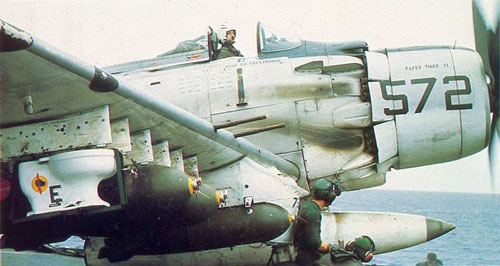 |
6-Million Pounds Later… In October 1965, the USS Midway was scheduled to deliver the six-millionth pound of ordnance on Vietnam. To mark the occasion, the crew and pilot, Commander Clarence W. Stoddard, arranged for a special bomb to be dropped: a toilet!The toilet was rigged with a bomb rack, tailfins and nose fuse. It was dropped over a target in South Vietnam and the local Forward Air Controller reported that it whistled all of the way down before crashing into the ground below! |
| A New Era The passing of the Skyraider from the US military marked the end of the noble lineage of propeller-driven carrier-based attack aircraft and the full takeover of the jet. However, the transition was not without problems and after years of trying to get attack jets to work, the aircraft designers went back to the Skyraider for inspiration for its next generation of ground support aircraft. The experience of the slow, powerful, and rugged Skyraider would be incorporated into the Republic A-10 Thunderbolt II, blending the best the Skyraider had to offer with modern jet technology.~ Mike. |
 |
